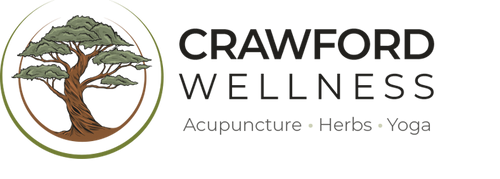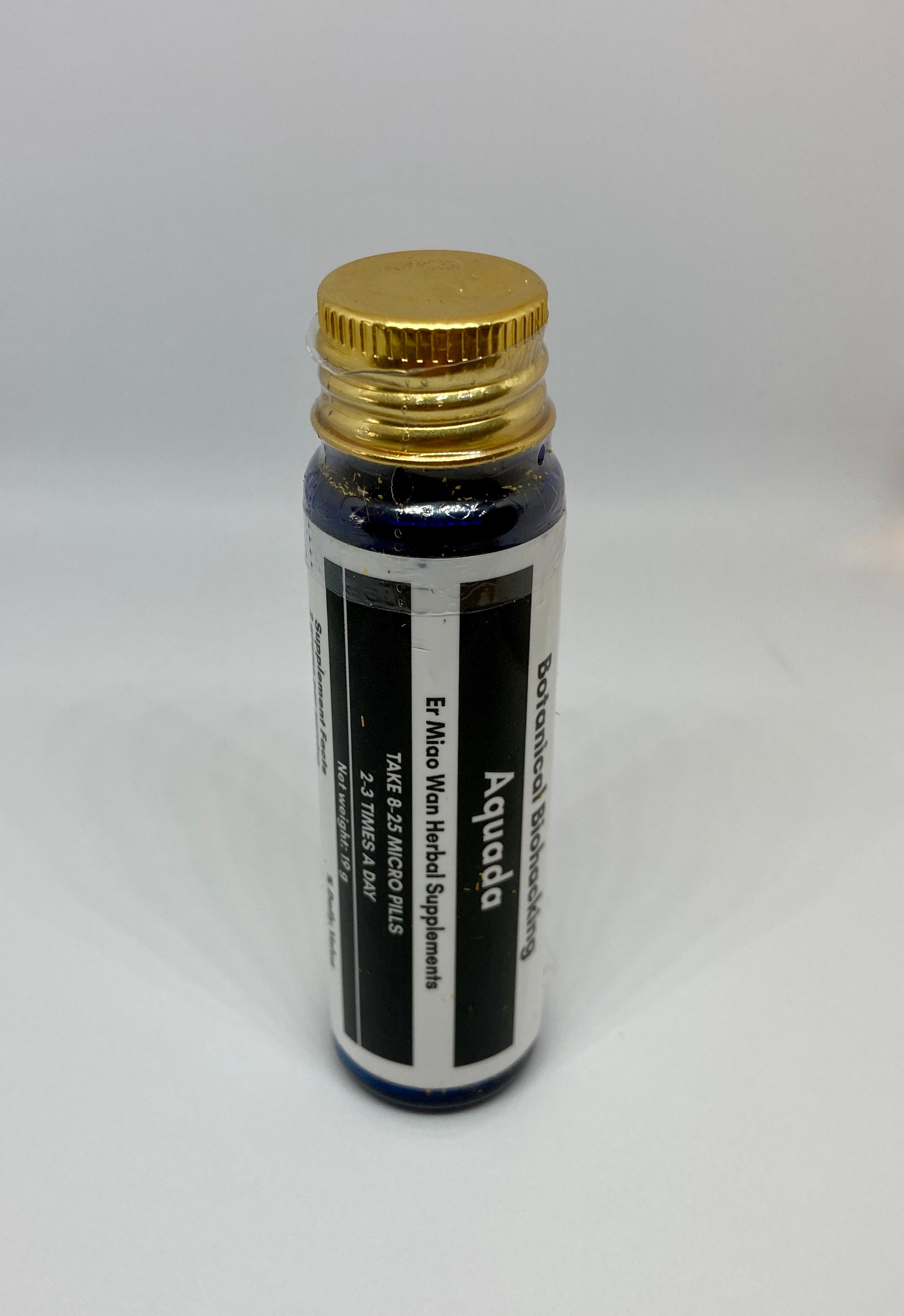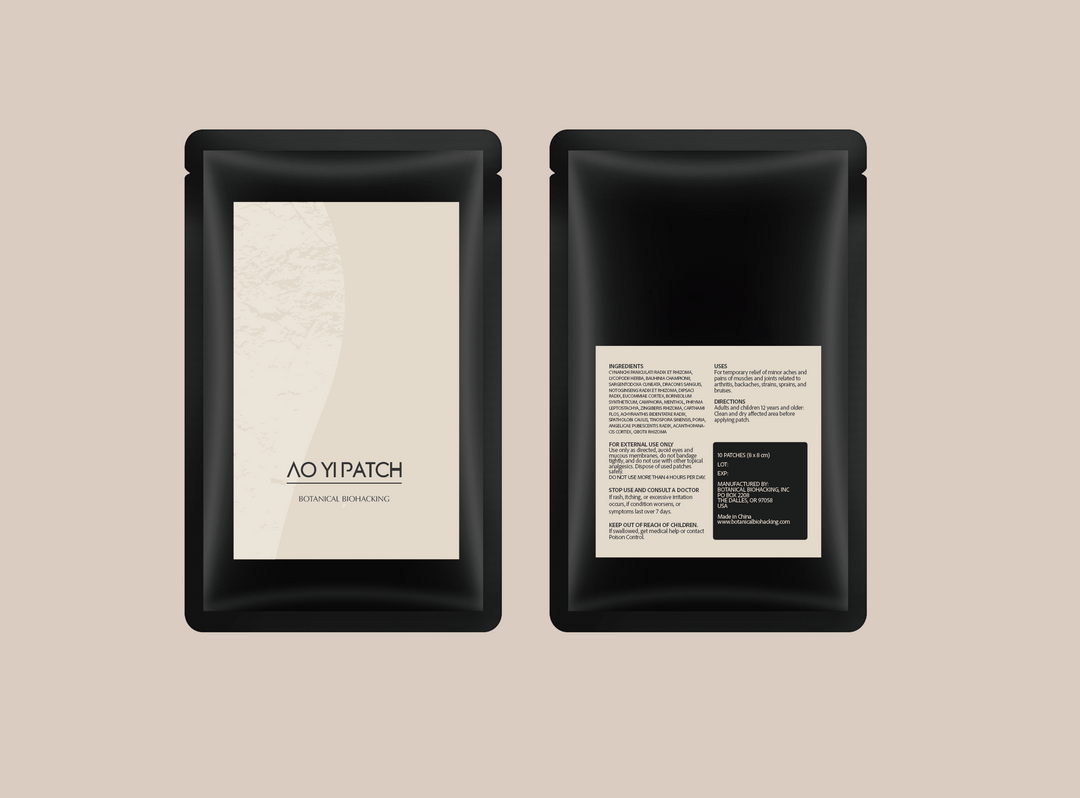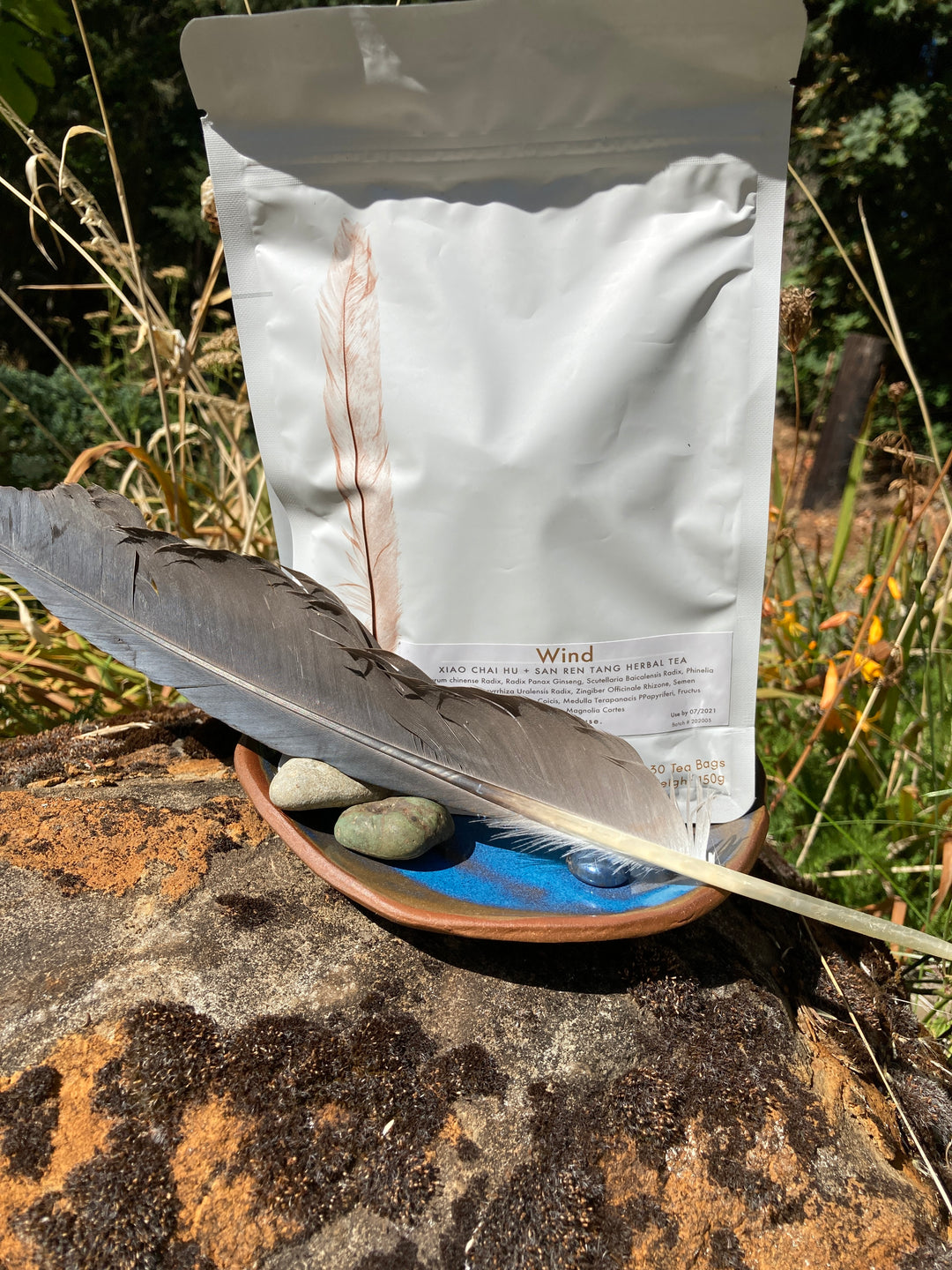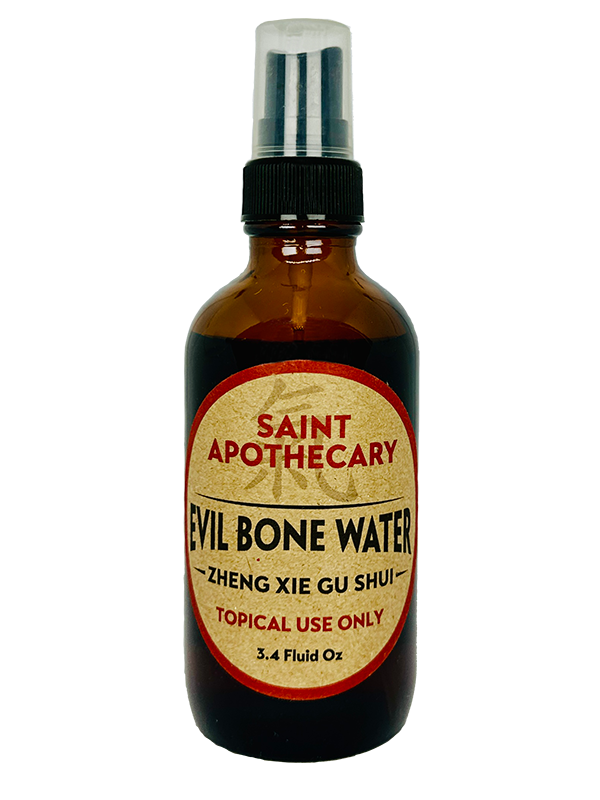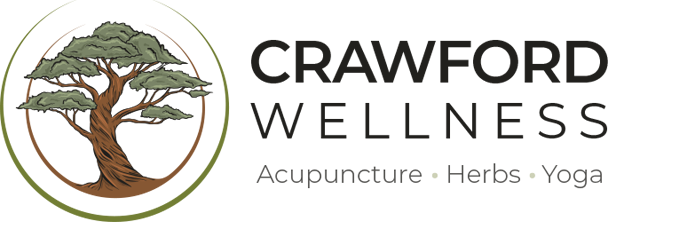Access Denied
IMPORTANT! If you’re a store owner, please make sure you have Customer accounts enabled in your Store Admin, as you have customer based locks set up with EasyLockdown app. Enable Customer Accounts
Water Metabolism
May 23, 2023
Water Metabolism is a key diagnostic marker for people with chronic diseases like Long Covid, Fibromyalgia Lyme disease etc. Especially when we’re working in the world of disease clusters like IBS, POTS and MCAS or histamine responses, but it can apply basically anywhere.


Sadly, this is something that your primary and even most specialists just ignore. It’s both a very new and very old way of looking at functional health disorders so most clinicians either think it’s pseudoscience or they’ve just never heard about it because even though we like to think medical practice is pure science, its about as susceptible to fads as your average teenager’s tiktok feed but at the end of this post I will teach you how to tell if it’s out of whack yourself.

55 to 60 percent of the weight of a human body is water. Its what makes us deliciously plump like a brined turkey and is of course a big part of our electrical functioning because that water carries electrolytes that help keep your lights on.
If you weren’t stoned out your mind in high school biology you may recall that water moves across the selectively permeable phospholipid bilayer membrane of your cells by osmosis (At least that’s what I learned because I wasn’t cool so nobody offered me drugs until college). And like most of the places where medical science has a giant donut hole in it that indifferently keeps people sick, that’s not wrong but it’s missing the important part of the picture.
Knowing a few things would fill that donut hole and make it as delicious as you:
If osmosis were the only way water moved around our body we’d die of dehydration so enter Aquaporins. These are your cells’ HOV Lanes where water can move much more rapidly than simple osmosis. More on these in a second.
The importance of a great deal of physical movement like walking which most of our ancestors did all day long. it wasn’t just a stupid walk for their stupid mental health it was a normal part of everyday life until we invented couches and office furniture, unless you were wealthy enough to be carried around on a palanquin by other people constantly being fed bread and fruit--which is why many chronic illnesses nowadays mimic the diseases of the bougie classes in olden times. Carbs are cheap and feed fungus. Time is our real precious resource and you should spend more of it not being sedentary if you can. Gentle movement is the key to creating the vacuum forces that move water through your lymphatic ducts and the interstitium which is the flooded zones between cells where water can pool and start getting yucky.

Where it moves fast it is healthy, maybe even safe to drink. Where it sits still it grows pond scum.

The interstitium is a lake. It has three times as much fluid as the cardiovascular and lymphatic systems combined and nothing pumps it along as well as gentle physical activity. If you've read our posts on Long Covid and POTS you’ll recall a special role played in that process by fungus. Here we can see how mold toxins directly inhibit aquaporin function and result in more water being held in the interstitium:

So if you’re constantly feeling puffy and soggy like a human loaf of french toast, but also showing signs of dehydration like like dizziness and headaches? Right here, this is you. And drinking more water might not be the solution. the “8 cups a day” rule is just something somebody pulled out of their butt and has no scientific evidence behind it. Hydration levels can be managed best by learning to pay attention to thirst:

that walking and gentle movement also promotes sweating which is the literal transit of water out of your body and a big way our bodies stay internally clean.
Along with movement comes a need to breathe. Your lungs are a giant literal pump. If you think it’s only for air make a "HHHH" sound in cold weather. the reason you can see your breath is because it’s carrying water.
The other things necessary for healthy water metabolism are regular bowel movement, regular urination, and for uterus owners in the right stage of life a regular menstrual cycle. If you went on oral birth control or had a hormonal IUD implanted, and immediately gained 15 pounds of water weight maybe that wasn’t the best thing for your POTS.
So, diagnosis:
Many of my patients have had mold toxin tests done and my honest take is that they’re unnecessary for managing these kinds of illness. While it’s nice to have a lab say “this is what’s making you sick” it doesn’t usually lead to effective treatment and often points people in the direction of fear-based behaviors that I won’t get into here because I don’t want a horde of methy RVs following me everywhere I go. Mold toxicity can generally be assumed here because it is part of the picture for everyone who falls into this disease cluster, see my posts on Candida, and is taken into account already in the treatments that actually work such as our Fibromyalgia protocol and Long Haul Covid toolkits.
One of the oldest and most accurate ways of diagnosing water metabolism problems comes from Chinese Medicine. Many areas of China are riddled with mold toxicity and a huge category of Chinese medicine practice is in the area of "Damp" diseases.
If you’ve ever seen an acupuncturist they probably wanted to look at your tongue but they might not have been able to say why because most of them have a fisher price medical education and I’m not throwing shade here except at the schools, I had that too, but it's important to note that many acupuncturists, even the very good ones, often have a difficult time explaining what they are doing in a modern context.
The tongue is a muscle we can see and its relative swollen-ness can tell us a lot about whether or not excess water is being retained in the body, and why. If you have these scallopy toothmarks, it may be you.


The tongue also grows out of pharyngeal arches which create different sections of your body, and their status is still reflected in the different sections of the tongue, even when you’re no longer a fetus.
Chinese medicine calls these sections an organ knows as the “three burners” and this is often mislabeled as pseudoscience because anatomists can’t find any camp stoves inside a human cadaver.
BUT when you look at the interstitium’s ability to move elements of your microbiome from one part of your body to another,

and you separate that microbiome into three distinct regions (respiratory, gastrointestinal, urogenital) corresponding with the pharyngeal arch regions, the three burners organ makes a pretty nice metaphor and starts to sound a lot more real.
So by looking at the tongue, you can see the parts of the body affected by excess water retention.

Distal third: Head and upper torso
Center: GI system (edges: hepatobiliary system)
Proximal third: Kidneys & urogenital system
Now go for a walk and consider a light sweat every day as one of the key things you can do for your health.
This is one of the foundational pieces of understanding for chronic illnesses, and most of the kits & protocols on our website for Fibromyalgia & Long Covid address the common dysfunction with water metabolism we see.
https://youtu.be/xH1MIktlP3M

Visit Herbal


[YouTube]
[Facebook]
[TikTok]
[LinkedIn]
Brehan Crawford, based in McMinnville, Oregon, is a distinguished clinician specializing in the treatment of chronic conditions, particularly Lyme Disease and its coinfections. After earning his Master’s degree in Acupuncture and Oriental Medicine from the Oregon College of Oriental Medicine in 2009, he deepened his expertise with a 5-year residency under the mentorship of the renowned Dr. Heiner Fruehauf at the Hai Shan Clinic. A Diplomate of Oriental Medicine from the NCCAOM, Brehan has pioneered innovative methods using Traditional Chinese Medicine for chronic infections. Known for mentoring other professionals, he regularly imparts knowledge on advanced Chinese herbal medicine applications. Beyond his clinical pursuits, Brehan enjoys singing, cooking, and hiking.


Sadly, this is something that your primary and even most specialists just ignore. It’s both a very new and very old way of looking at functional health disorders so most clinicians either think it’s pseudoscience or they’ve just never heard about it because even though we like to think medical practice is pure science, its about as susceptible to fads as your average teenager’s tiktok feed but at the end of this post I will teach you how to tell if it’s out of whack yourself.

55 to 60 percent of the weight of a human body is water. Its what makes us deliciously plump like a brined turkey and is of course a big part of our electrical functioning because that water carries electrolytes that help keep your lights on.
If you weren’t stoned out your mind in high school biology you may recall that water moves across the selectively permeable phospholipid bilayer membrane of your cells by osmosis (At least that’s what I learned because I wasn’t cool so nobody offered me drugs until college). And like most of the places where medical science has a giant donut hole in it that indifferently keeps people sick, that’s not wrong but it’s missing the important part of the picture.
Knowing a few things would fill that donut hole and make it as delicious as you:
If osmosis were the only way water moved around our body we’d die of dehydration so enter Aquaporins. These are your cells’ HOV Lanes where water can move much more rapidly than simple osmosis. More on these in a second.
The importance of a great deal of physical movement like walking which most of our ancestors did all day long. it wasn’t just a stupid walk for their stupid mental health it was a normal part of everyday life until we invented couches and office furniture, unless you were wealthy enough to be carried around on a palanquin by other people constantly being fed bread and fruit--which is why many chronic illnesses nowadays mimic the diseases of the bougie classes in olden times. Carbs are cheap and feed fungus. Time is our real precious resource and you should spend more of it not being sedentary if you can. Gentle movement is the key to creating the vacuum forces that move water through your lymphatic ducts and the interstitium which is the flooded zones between cells where water can pool and start getting yucky.

Water in our bodies is just like water in nature.
Where it moves fast it is healthy, maybe even safe to drink. Where it sits still it grows pond scum.

The interstitium is a lake. It has three times as much fluid as the cardiovascular and lymphatic systems combined and nothing pumps it along as well as gentle physical activity. If you've read our posts on Long Covid and POTS you’ll recall a special role played in that process by fungus. Here we can see how mold toxins directly inhibit aquaporin function and result in more water being held in the interstitium:

Swamp monster time.
So if you’re constantly feeling puffy and soggy like a human loaf of french toast, but also showing signs of dehydration like like dizziness and headaches? Right here, this is you. And drinking more water might not be the solution. the “8 cups a day” rule is just something somebody pulled out of their butt and has no scientific evidence behind it. Hydration levels can be managed best by learning to pay attention to thirst:

that walking and gentle movement also promotes sweating which is the literal transit of water out of your body and a big way our bodies stay internally clean.
 Don’t be this guy.
Don’t be this guy.
Along with movement comes a need to breathe. Your lungs are a giant literal pump. If you think it’s only for air make a "HHHH" sound in cold weather. the reason you can see your breath is because it’s carrying water.
The other things necessary for healthy water metabolism are regular bowel movement, regular urination, and for uterus owners in the right stage of life a regular menstrual cycle. If you went on oral birth control or had a hormonal IUD implanted, and immediately gained 15 pounds of water weight maybe that wasn’t the best thing for your POTS.
So, diagnosis:
Many of my patients have had mold toxin tests done and my honest take is that they’re unnecessary for managing these kinds of illness. While it’s nice to have a lab say “this is what’s making you sick” it doesn’t usually lead to effective treatment and often points people in the direction of fear-based behaviors that I won’t get into here because I don’t want a horde of methy RVs following me everywhere I go. Mold toxicity can generally be assumed here because it is part of the picture for everyone who falls into this disease cluster, see my posts on Candida, and is taken into account already in the treatments that actually work such as our Fibromyalgia protocol and Long Haul Covid toolkits.
One of the oldest and most accurate ways of diagnosing water metabolism problems comes from Chinese Medicine. Many areas of China are riddled with mold toxicity and a huge category of Chinese medicine practice is in the area of "Damp" diseases.
If you’ve ever seen an acupuncturist they probably wanted to look at your tongue but they might not have been able to say why because most of them have a fisher price medical education and I’m not throwing shade here except at the schools, I had that too, but it's important to note that many acupuncturists, even the very good ones, often have a difficult time explaining what they are doing in a modern context.
The tongue is a muscle we can see and its relative swollen-ness can tell us a lot about whether or not excess water is being retained in the body, and why. If you have these scallopy toothmarks, it may be you.


The tongue also grows out of pharyngeal arches which create different sections of your body, and their status is still reflected in the different sections of the tongue, even when you’re no longer a fetus.
Chinese medicine calls these sections an organ knows as the “three burners” and this is often mislabeled as pseudoscience because anatomists can’t find any camp stoves inside a human cadaver.
BUT when you look at the interstitium’s ability to move elements of your microbiome from one part of your body to another,

and you separate that microbiome into three distinct regions (respiratory, gastrointestinal, urogenital) corresponding with the pharyngeal arch regions, the three burners organ makes a pretty nice metaphor and starts to sound a lot more real.
So by looking at the tongue, you can see the parts of the body affected by excess water retention.

Distal third: Head and upper torso
Center: GI system (edges: hepatobiliary system)
Proximal third: Kidneys & urogenital system
Now go for a walk and consider a light sweat every day as one of the key things you can do for your health.
This is one of the foundational pieces of understanding for chronic illnesses, and most of the kits & protocols on our website for Fibromyalgia & Long Covid address the common dysfunction with water metabolism we see.
https://youtu.be/xH1MIktlP3M
Crawford Wellness Herbal Marketplace

Visit Herbal
Marketplace

Chorus Subscription
About the Author

For more insights, collaborations, or to reach out to Brehan, you can connect with him through his online platforms:
[YouTube]
[Facebook]
[TikTok]
[LinkedIn]
Brehan Crawford, based in McMinnville, Oregon, is a distinguished clinician specializing in the treatment of chronic conditions, particularly Lyme Disease and its coinfections. After earning his Master’s degree in Acupuncture and Oriental Medicine from the Oregon College of Oriental Medicine in 2009, he deepened his expertise with a 5-year residency under the mentorship of the renowned Dr. Heiner Fruehauf at the Hai Shan Clinic. A Diplomate of Oriental Medicine from the NCCAOM, Brehan has pioneered innovative methods using Traditional Chinese Medicine for chronic infections. Known for mentoring other professionals, he regularly imparts knowledge on advanced Chinese herbal medicine applications. Beyond his clinical pursuits, Brehan enjoys singing, cooking, and hiking.
Explore more
Share this
From the blog
View allPopular categories
Invalid password
Enter
